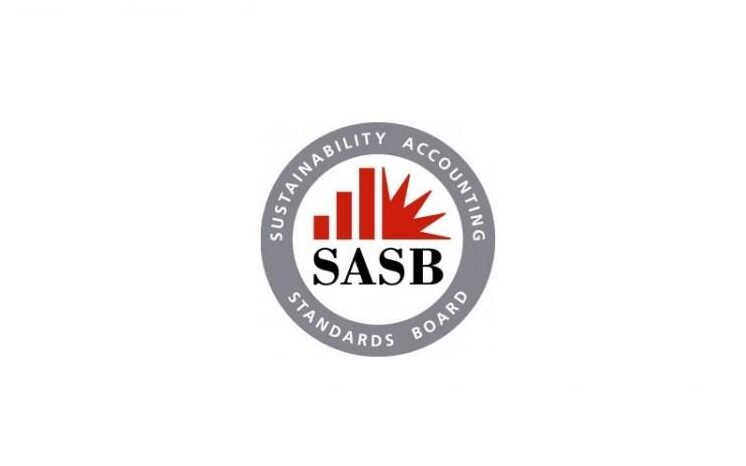Private equity (PE) firms have an enormous opportunity to create social value and improve the environment and, in doing so, improve their financial returns. This can be done by integrating environmental, social, and governance issues (ESG integration) into all aspects of the PE process– from initial screening of opportunities to due diligence and negotiating the deal, to oversight of the company while in the firm’s portfolio, and finally to capturing value on exit.
The origins of private equity go back to the middle of the 20th century. It has grown from being a small and rudimentary form of “alternative investment” to a huge asset class in its own right. A private equity firm is known as the “General Partner (GP),” and those that invest in it, such as pension funds, foundations, and high net worth individuals are called “Limited Partners (LPs”). According to the “2016 Preqin Global Private Equity & Venture Capital Report,” in June 2015 the global PE industry – in its narrowest definition – had assets under management (AUM) of $2.4 trillion, and a total of $288 billion was raised by 689 PE funds which closed in 2015. Under the broader category of “private capital” (which includes private debt, real estate, infrastructure, and natural resources), these global numbers are $4.2 trillion and $551 billion, respectively. The purchasing power of this $2.4 trillion is doubled by the fact that debt levels in PE deals over the last four years have averaged around 55%.
The size of the PE industry, therefore, and the characteristics of its business model mean that it can and should take a real leadership role in ESG integration. One important reason for this is the time frames in which PE firms operate. In 2015 the average holding period of a portfolio company by a PE firm was 5.5 years. During this period of time, bad ESG things can happen (risks) but this is also enough time to get the upside from better ESG performance leading to better financial performance (opportunities). In contrast, in 2015 the average holding period for stocks traded on the New York Stock Exchange was 8.3 months, its lowest since 1929. This market short-termism is one of the reasons public companies struggle with ESG integration since the benefits take longer to realize than a single quarter. Moreover, because the PE firm has control and takes an active approach to corporate governance, it can ensure that ESG integration takes place. Most public company boards are unaware of or are indifferent to ESG integration.
By definition, the companies in a PE firm’s portfolio are private so they are not subject to the regulatory reporting requirements of listed companies. However, the GP can ask for whatever information it wants from its portfolio companies in order to ensure that they are being properly managed. It can report on their performance to the LPs without being concerned about the potential liabilities (highly exaggerated in my view) that come from these additional voluntary disclosures in the public domain of public equity. In particular, the GP can ask for an integrated report (as
GE has recently done) that combines both financial and ESG (also called nonfinancial) information. This will enable the GP to better assess how its portfolio companies are creating value for the LPs, and the risks and opportunities they face. LPs with a long-term investment horizon—such as pension funds, sovereign wealth funds, and family offices—are especially attuned to this kind of information.
The interest of LPs in ESG information and, by extension, integrated reporting is growing. A 2013 survey of 103 PE firms in 18 countries, “
Putting a price on value” by the accounting firm PricewaterhouseCoopers (PwC) found that 79% of them believe LP interest in ESG issues will increase in the years ahead. Indeed, most PE firms already recognize the importance of ESG information. PwC found that 62% of portfolio companies regularly report on ESG to their board and 88% formally report on ESG to the PE firm itself. Driving this interest in ESG, 36% cite risk management as the primary driver and 24% cite investor pressure. Less important at this point are opportunity identification (15%) and corporate values (8%).
The low percentage of firms citing opportunity identification matches the fact that less than 15% of these PE firms calculate the value they create from their ESG activities. One of the reasons for this is the difficulty in doing so. Until now we haven’t had high quality ESG information based on standards the way we do for financial information. In another
post about the
Sustainability Accounting Standards Board, I pointed out that it is now possible for companies to measure and report on the ESG issues that are material to their ability to create value for shareholders. Recognizing that what is material from an ESG point of view varies by industry (e.g., access to medicine for a pharmaceutical company, carbon emissions for a chemical company, and systemic risk for a bank) SASB has identified the disclosure topics likely to be material and associated key performance indicators for 79 industries. Although these standards were developed for public companies that have to file a Form 10-K report, they can be easily adapted to a PE context. Because the sustainability topics identified by SASB are based on the resource intensity and sustainability risks and opportunities inherent in a particular industry, they’re applicable to all companies of all sizes and regardless of their sources of funding.
Source link for this article


